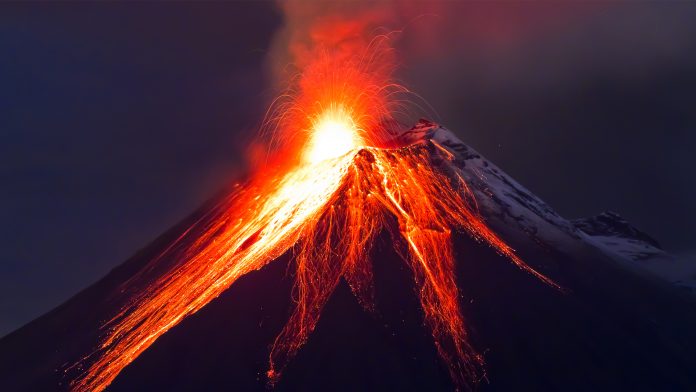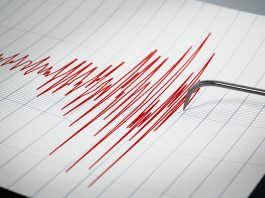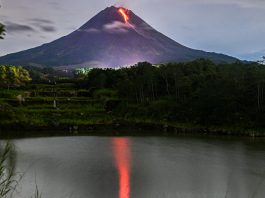New study highlights the possibility to utilise a dense Global Navigation Satellite System (GNSS) at a cell phone base to monitor seismic activity.
A paper published February 9, 2022, in Earth, Planets and Space, researchers analysed the potential of a dense Global Navigation Satellite System (GNSS) network, which is installed at cell phone base stations, to monitor crustal deformation as an early warning indicator of seismic activity. The results revealed that the data from a cell phone network can rival the precision of data from a government-run GNSS network, while providing more complete geographic coverage.
Monitoring crustal deformation
Crustal deformation is monitored around plate boundaries, active faults, and volcanoes to assess the accumulation of strains that lead to significant seismic events. GNSS networks have been constructed worldwide in areas that are vulnerable to volcanoes and earthquakes, such as in Hawaii, California, and Japan. Data from these networks can be analysed in real time to serve in tsunami forecasting and earthquake early warning systems.
Japan’s GNSS network (GEONET) is operated by the Geospatial Information Authority of Japan. While GEONET has been fundamental in earth science research, its layout of 20-25 kilometres on average in between sites limits the monitoring of crustal deformation for some areas.
For example, magnitude 6-7 earthquakes on active faults in inland Japan have fault lengths of 20-40 kilometres; the GEONET site spacing is slightly insufficient to measure their deformation with suitable precision for use in predictive models.
GNSS networks
However, Japanese cell phone carriers have constructed GNSS networks to improve locational information for purposes like automated driving. The new study examines the potential of a GNSS network built by the carrier SoftBank Corporation to play a role in monitoring crustal deformation. With 3,300 sites in Japan, this private company oversees 2.5 times the number of sites as the government GEONET system.
“By utilising these observation networks, we aim to understand crustal deformation phenomena in higher resolution and to search for unknown phenomena that have not been found so far,” explained study author Yusaku Ohta, a geoscientist and assistant professor at the Graduate School of Science, Tohoku University.
The study applied raw data provided by SoftBank GNSS from cell phone base stations to evaluate its quality in monitoring crustal deformation. Two datasets were analysed, one from a seismically quiet nine-day period in September of 2020 in Japan’s Miyagi Prefecture, the other from a nine-day period that included a 7.3 magnitude earthquake off the Fukushima coast on 13 February 2021, in Fukushima Prefecture.
The study authors found that SoftBank’s dense GNSS network can monitor crustal deformation with reasonable precision. “We have shown that crustal deformation can be monitored with an unprecedentedly high spatial resolution by the original, very dense GNSS observation networks of cell phone carriers that are being deployed for the advancement of location-based services,” explained Earth scientist Mako Ohzono, associate professor at Hokkaido University.
Employing synergy between public and private GNSS networks
Looking ahead, they project that combining the SoftBank sites with the government-run GEONET sites could yield better spatial resolution results for a more detailed fault model. In the study area of the Fukushima Prefecture, combining the networks would result in an average density of GNSS sites of one per 5.7 kilometres.
“It indicates that these private sector GNSS observation networks can play a complementary role to GNSS networks operated by public organizations,” said Ohta.
The study paved the way for considering synergy between public and private GNSS networks as a resource for seismic monitoring in Japan and elsewhere. “The results are important for understanding earthquake phenomena and volcanic activity, which can contribute to disaster prevention and mitigation,” concluded Ohzono.









